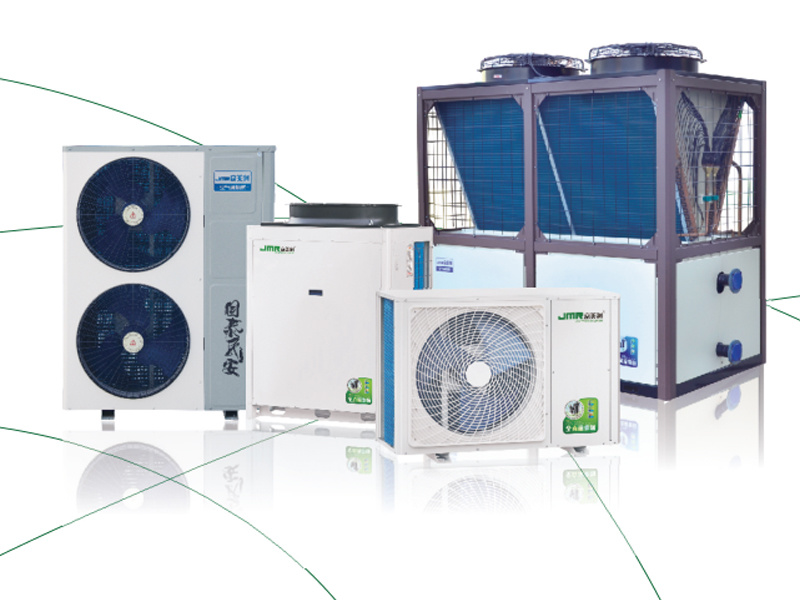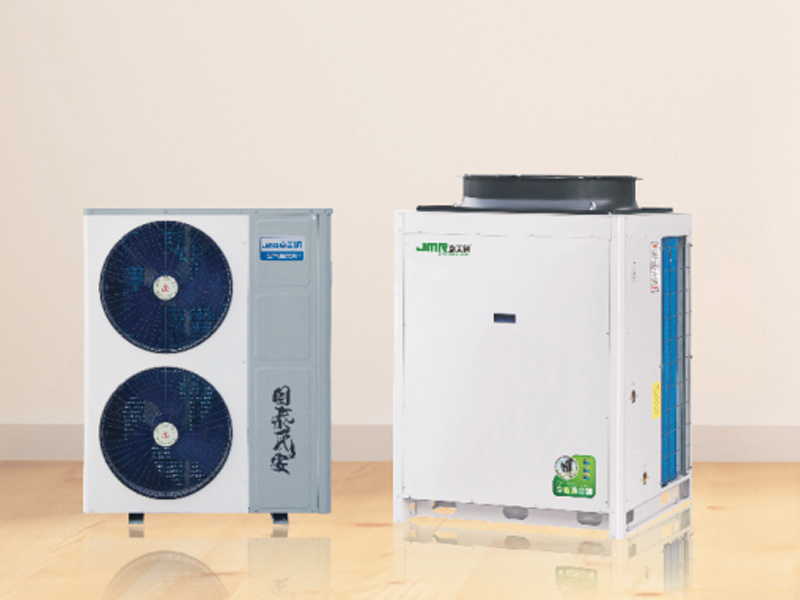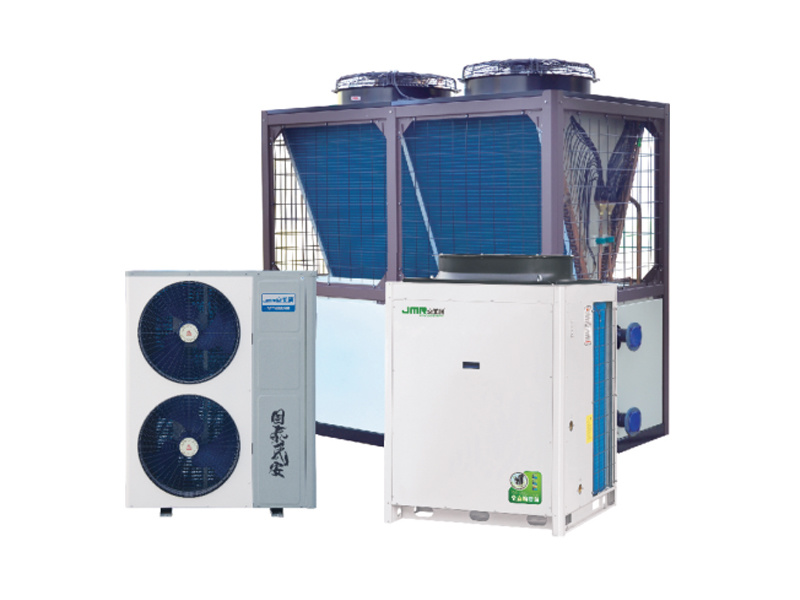Why Choose an Air Source Heat Pump for Home Heating? Discover the Advantages and Benefits
Release Time:
Aug 07,2025
Why Choose an Air Source Heat Pump for Home Heating? Table of Contents 1. Introduction to Air Source Heat Pumps 2. How Air Source Heat Pumps Work 3. Energy Efficiency: A Key Benefit 4. Environmental Impact and Sustainability 5. Cost-Saving Benefits of Air Source Heat Pumps 6. Installation Considerations for Homeowners 7. Maintenance and Longevity of Air Source Heat
Why Choose an Air Source Heat Pump for Home Heating?
Table of Contents
- 1. Introduction to Air Source Heat Pumps
- 2. How Air Source Heat Pumps Work
- 3. Energy Efficiency: A Key Benefit
- 4. Environmental Impact and Sustainability
- 5. Cost-Saving Benefits of Air Source Heat Pumps
- 6. Installation Considerations for Homeowners
- 7. Maintenance and Longevity of Air Source Heat Pumps
- 8. Frequently Asked Questions (FAQs)
- 9. Conclusion
1. Introduction to Air Source Heat Pumps
In the evolving landscape of home heating, **air source heat pumps (ASHPs)** have emerged as a **leading choice** for homeowners seeking efficient and sustainable solutions. These innovative systems utilize the ambient air to provide both heating and cooling, making them versatile for year-round comfort. As energy costs rise and environmental concerns grow, understanding the compelling reasons to choose an air source heat pump becomes increasingly important.
2. How Air Source Heat Pumps Work
Air source heat pumps operate on a simple, yet effective principle: they transfer heat rather than generate it. During colder months, they extract heat from the outside air, even in low temperatures, and transfer it indoors. In warmer months, the process reverses, allowing the system to function as an air conditioner by removing heat from the interior of the home.
2.1 The Components of Air Source Heat Pumps
An air source heat pump consists of three main components: the outdoor unit, the indoor unit, and the refrigerant. The outdoor unit houses the compressor and the evaporator coil, while the indoor unit contains the condenser coil. The refrigerant circulates through these components, absorbing and releasing heat as it changes states from liquid to gas and back again.
3. Energy Efficiency: A Key Benefit
One of the most significant advantages of air source heat pumps is their **energy efficiency**. They can produce more energy than they consume, often achieving a coefficient of performance (COP) greater than 3. This means that for every unit of energy consumed, they can deliver three or more units of heating energy.
3.1 Seasonal Performance Factor (SPF)
The Seasonal Performance Factor (SPF) is crucial in evaluating the performance of heat pumps throughout the year. An ASHP with a high SPF can significantly reduce energy consumption, leading to lower utility bills and a smaller carbon footprint.
4. Environmental Impact and Sustainability
As concerns about climate change intensify, the environmental benefits of air source heat pumps become increasingly appealing. Unlike traditional heating methods that rely on fossil fuels, ASHPs utilize renewable energy sources, contributing to a reduction in greenhouse gas emissions.
4.1 Reducing Carbon Footprint
By choosing an air source heat pump, homeowners can actively participate in the fight against climate change. These systems reduce reliance on carbon-intensive heating sources, making them a responsible choice for eco-conscious individuals.
5. Cost-Saving Benefits of Air Source Heat Pumps
Investing in an air source heat pump can lead to significant long-term savings. Though the initial installation costs may be higher than traditional heating systems, the operational savings over time can offset these expenses.
5.1 Government Incentives and Rebates
Many governments offer incentives, rebates, and tax credits for homeowners who install energy-efficient systems like air source heat pumps. These financial benefits can further alleviate the upfront investment, making ASHPs more accessible than ever.
5.2 Lower Utility Bills
The energy efficiency of air source heat pumps translates into lower utility bills. Homeowners can expect to see a decrease in their monthly heating costs, particularly in regions where electricity prices are competitive with gas or oil.
6. Installation Considerations for Homeowners
Installing an air source heat pump requires careful consideration of various factors. Homeowners should work with qualified professionals to ensure proper sizing and placement of the system.
6.1 Sizing the System
Correct sizing is crucial for optimal performance and efficiency. An undersized system may struggle to maintain comfortable temperatures, while an oversized system can lead to inefficient operation and increased wear and tear.
6.2 Location and Placement
The location of the outdoor unit can impact the performance of the air source heat pump. It should be placed in an area with adequate airflow and minimal obstructions to ensure the system operates efficiently.
7. Maintenance and Longevity of Air Source Heat Pumps
Proper maintenance is essential for the longevity and efficiency of air source heat pumps. Regular inspections and servicing can prevent costly repairs and extend the lifespan of the system.
7.1 Routine Maintenance Tasks
Homeowners should engage in routine maintenance tasks, such as cleaning or replacing filters and ensuring that the outdoor unit is free from debris. Scheduling annual professional inspections can help catch potential issues early on.
7.2 Expected Lifespan
With proper care, air source heat pumps can last between 15 to 20 years. This longevity, combined with their energy efficiency, makes them a worthwhile investment for homeowners.
8. Frequently Asked Questions (FAQs)
8.1 What is the average cost of installing an air source heat pump?
The average installation cost can range from $3,500 to $7,500, depending on factors such as system size and local labor rates.
8.2 Are air source heat pumps effective in colder climates?
Yes, modern air source heat pumps are designed to operate efficiently in colder temperatures. Many systems can function effectively even when outdoor temperatures drop below freezing.
8.3 How do air source heat pumps compare to traditional heating methods?
Air source heat pumps are typically more energy-efficient than traditional heating methods, leading to lower operating costs and a reduced environmental impact.
8.4 Can air source heat pumps provide cooling in the summer?
Yes, air source heat pumps can reverse their operation to provide cooling in warmer months, making them a versatile year-round solution.
8.5 What kind of maintenance do air source heat pumps require?
Routine maintenance includes cleaning or replacing filters, checking refrigerant levels, and ensuring that the outdoor unit is free of debris. Annual professional inspections are also recommended.
9. Conclusion
Choosing an air source heat pump for home heating is a smart decision for those looking to enhance energy efficiency, reduce environmental impact, and save on utility costs. With the ability to provide both heating and cooling, these innovative systems cater to year-round comfort needs. By investing in an air source heat pump, homeowners not only benefit from lower energy bills but also contribute positively to the environment. As we move towards a more sustainable future, air source heat pumps stand out as a leading choice in modern heating solutions.
Key words:
What Else Might You Learn?






